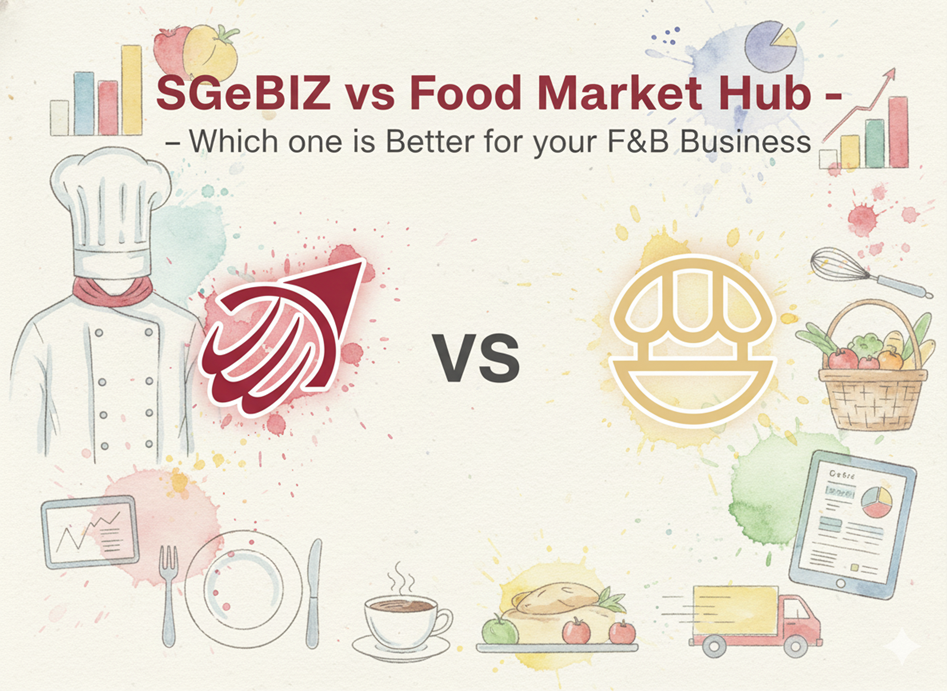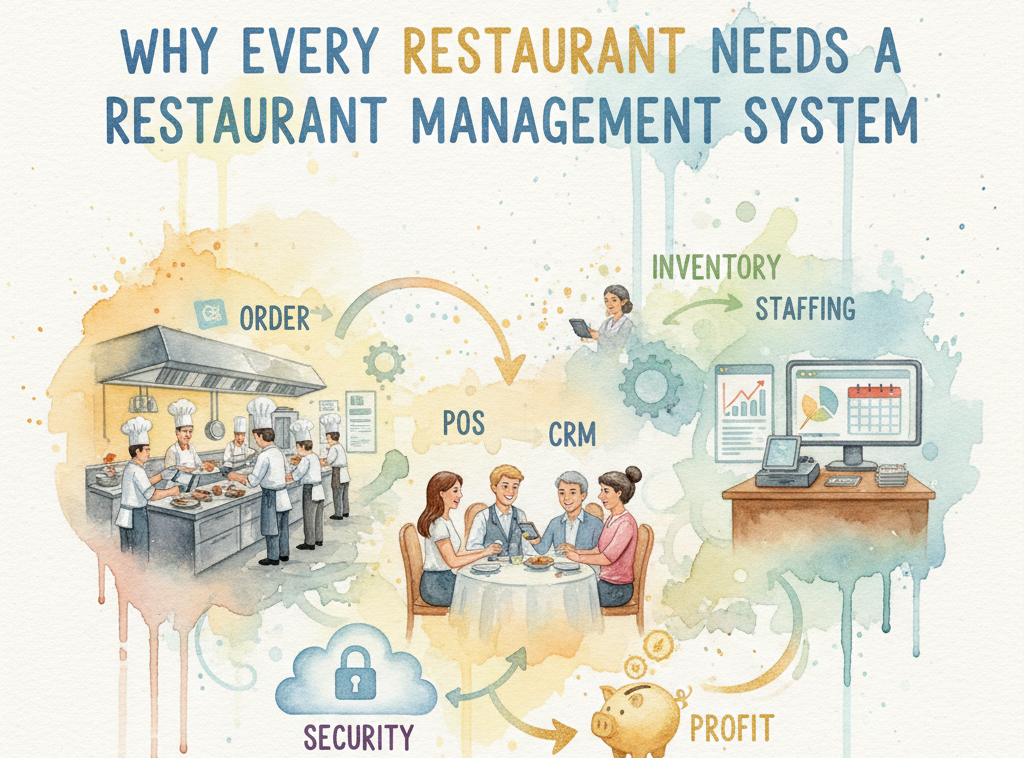Automating Inventory Management: The Revolution Your Restaurant Business Need
.jpg)
Running a successful business requires efficient management of various aspects, and one of the most critical elements is inventory control. As your business grows, so does the complexity of managing your stock. Here's where automation comes to the rescue, revolutionizing the way you handle inventory. In this comprehensive guide, we'll explore the role of automation in modern inventory control and how it can take your business to new heights.
The Inventory Control Challenge
Keeping track of inventory can be like trying to solve a jigsaw puzzle with thousands of pieces. As your business scales up, this puzzle becomes more intricate, and manual methods no longer cut it. Challenges you might face include:
- Inaccurate Stock Levels: Relying on manual counts often leads to inaccuracies, resulting in overstocking or stockouts.
- Wasted Time: Countless hours spent on manual data entry and inventory checks could be better used elsewhere.
- Missed Opportunities: Without real-time data and insights, you might miss opportunities to optimize stock levels and reduce costs.
- Customer Satisfaction: Running out of popular items due to poor inventory control can lead to unhappy customers.
The Rise of Automation in Inventory Control
Automation is the game-changer in modern inventory control. It involves using technology and software to handle repetitive tasks, gather real-time data, and make informed decisions. Here's how automation transforms your inventory management:
- Real-time Tracking: Automated systems provide real-time data on inventory levels, so you always know what's in stock, what's running low, and what needs to be reordered.
- Reduced Human Error: Automation minimizes the risk of human error in data entry and calculations, leading to more accurate inventory records.
- Efficient Order Management: Automated systems can generate purchase orders, track order status, and even predict when to reorder, optimizing your procurement process.
- Improved Customer Service: With accurate stock data, you can meet customer demands consistently, enhancing their satisfaction.
Types of Inventory Automation
Inventory automation comes in various forms, including:
- Barcode Scanners: These devices streamline data entry by scanning barcodes on products and updating inventory records automatically.
- Inventory Management Software: Robust software solutions provide features like real-time tracking, demand forecasting, and automated reorder points.
- RFID Technology: Radio-frequency identification (RFID) tags offer advanced tracking capabilities, providing instant visibility into inventory movement.
Implementing Inventory Automation
To embrace automation effectively, follow these steps:
- Assess Your Needs: Understand your business's specific inventory control challenges and identify areas where automation can make the most impact.
- Choose the Right Tools: Select inventory management software or hardware that aligns with your needs and budget.
- Training: Ensure your team is trained to use the automation tools effectively.
- Integration: Integrate your automation systems with other business software, such as your point-of-sale system and accounting software.
The Future of Inventory Control
Automation is not just a trend; it's the future of inventory control. Businesses that embrace automation gain a competitive edge, streamline operations, and unlock growth potential. As technology continues to advance, the possibilities for automation in inventory control are limitless.
Food Market Hub's Role as your partner Automated Inventory Control
Food Market Hub is your partner in achieving automated inventory control. Our platform offers advanced inventory management solutions tailored to the unique needs of the restaurant and food industry. With Food Market Hub, you can:
- Streamline Procurement: Automate the procurement process, from order creation to supplier communication, reducing manual work.
- Inventory Tracking: Gain real-time visibility into your inventory levels, minimizing stockouts and overstock situations.
- Cost Control: Optimize inventory costs with data-driven insights and automated reorder points.
- Enhance Customer Satisfaction: Consistently meet customer demands with accurate stock data, ensuring a seamless dining experience.
Embrace the Future of Inventory Control
Automation is more than a buzzword; it's a powerful tool that can transform your business. By implementing automation in inventory control, you can overcome the challenges of manual management, improve accuracy, reduce costs, and deliver outstanding customer service. Embrace the future of inventory control, and watch your business thrive in today's fast-paced world.










